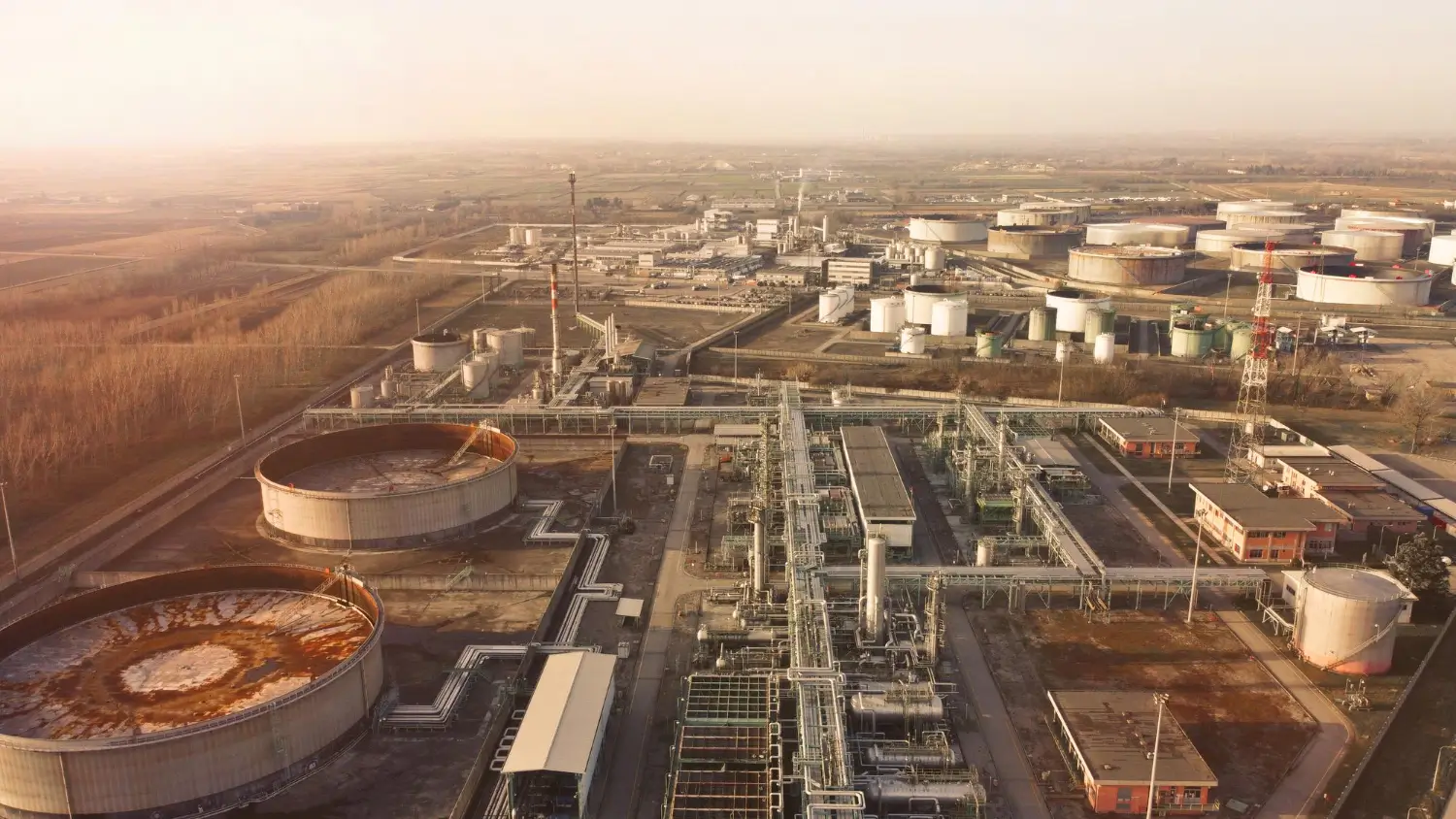Industry Insights
Oil and gas Piping in 2040

Global Oil Demand Outlook
Peak Demand: According to OPEC’s 2024 World Oil Outlook, global oil demand is projected to reach approximately 110.6 million barrels per day (bpd) by 2040.
Regional Variations: While demand in OECD countries is expected to plateau and gradually decline due to factors like energy efficiency and the adoption of renewable energy sources, non-OECD nations, particularly in Asia and Africa, are anticipated to drive the majority of the demand growth.

Investment Requirements
Capital Expenditure: To meet the projected demand and maintain production levels, the oil industry will require an estimated $10.6 trillion in investments through 2040.
Infrastructure Development: Significant investments will be necessary in upstream exploration and production, midstream transportation, and downstream refining sectors to ensure a balanced and efficient energy supply chain.

Technological Innovations
Enhanced Recovery Techniques: Advancements in drilling technologies, such as downhole commingling, are expected to increase oil extraction efficiency. New York Post
Digitalization: The integration of digital technologies, including artificial intelligence and machine learning, will optimize operations, predictive maintenance, and supply chain management.

Environmental and Regulatory Considerations
Decarbonization Pressures: The industry will face increasing pressure to reduce carbon emissions, leading to a greater emphasis on carbon capture and storage (CCS) technologies and the development of low-carbon alternatives.
Policy Shifts: Governments worldwide are likely to implement stricter environmental regulations, influencing production practices and potentially impacting profitability.

Strategic Implications
Diversification: Oil and gas companies may diversify their portfolios to include renewable energy projects, ensuring long-term sustainability and alignment with global energy transition goals.
Geopolitical Dynamics: The geopolitical landscape will continue to influence oil production and distribution, with OPEC and non-OPEC countries playing pivotal roles in maintaining market stability.

